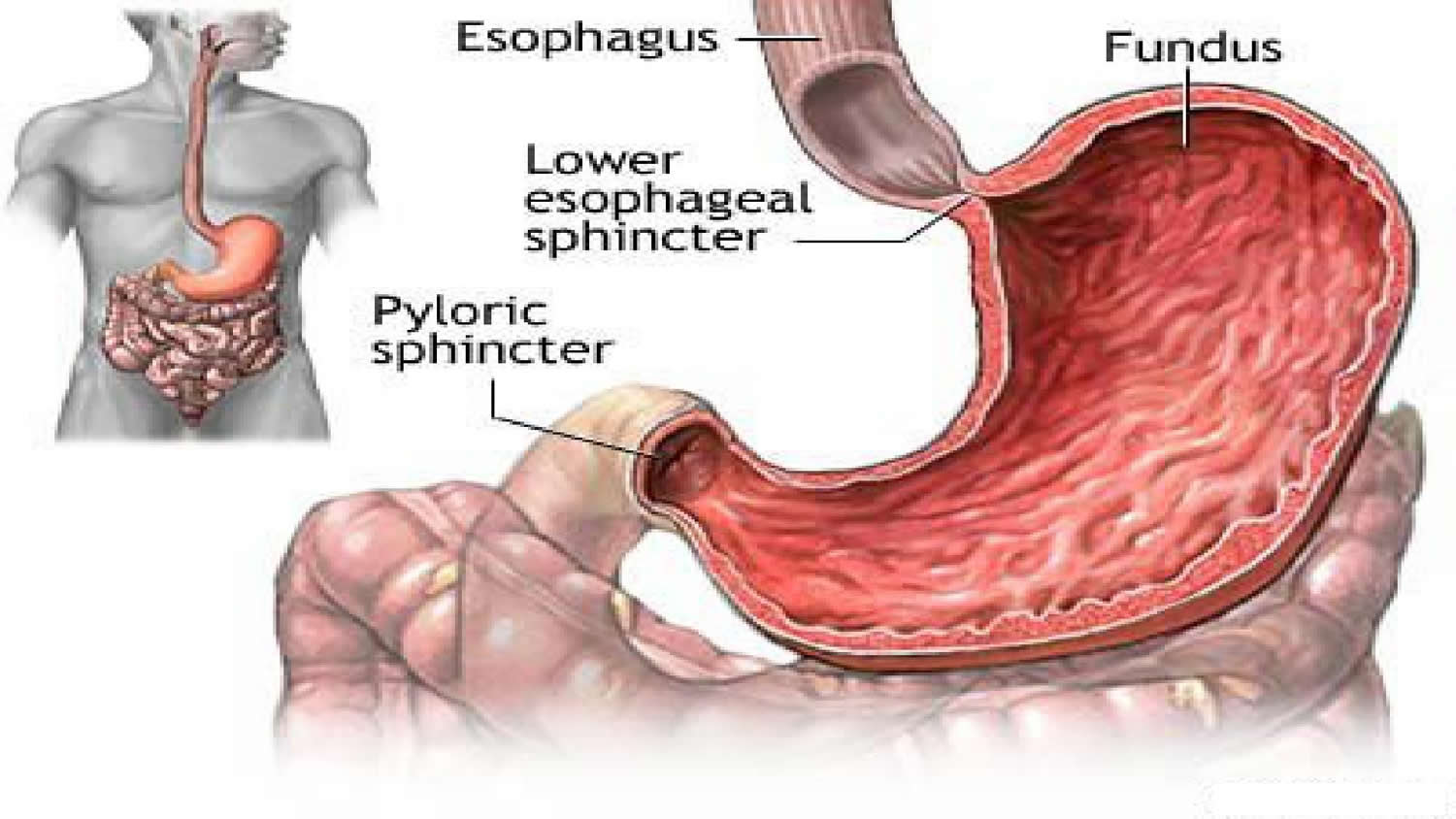
The Stomach Organs Parts, Anatomy, Functions of the Human Stomach
The stomach is an important organ and the most dilated portion of the digestive system. The esophagus precedes it, and the small intestine follows. It is a large, muscular, and hollow organ allowing for a capacity to hold food. It is comprised of 4 main regions, the cardia, fundus, body, and pylorus. The cardia is connected to the esophagus and is where the food first enters the stomach.

Label The Human Stomach
The digestive system is a group of organs working together to convert food into energy and basic nutrients to feed the entire body. Food passes through a long tube inside the body known as the alimentary canal or the gastrointestinal tract (GI tract). The alimentary canal is made up of the oral cavity, pharynx, esophagus, stomach, small.
:max_bytes(150000):strip_icc()/what-is-wrong-with-my-stomach-4138111-5c454a7cc9e77c0001b21d85.png)
Symptoms of Common Stomach and Digestive Problems
stomach, saclike expansion of the digestive system, between the esophagus and the small intestine; it is located in the anterior portion of the abdominal cavity in most vertebrates. The stomach serves as a temporary receptacle for storage and mechanical distribution of food before it is passed into the intestine.

Stomach Diagram Anatomy koibana.info Digestive system anatomy
ISSN 2534-5079. This e-Anatomy illustrates the gross anatomy of the digestive system. We focused especially on the diagrams of the abdominal digestive system (oesophagus is described on the modules about the thorax and oral cavity/pharynx on the ENT modules). 84 anatomical diagrams and histological images with over 300 labeled anatomical parts.

Structure and function of stomach anatomy system Vector Image
What is the digestive system? The digestive system is made up of the gastrointestinal tract—also called the GI tract or digestive tract—and the liver, pancreas, and gallbladder. The GI tract is a series of hollow organs joined in a long, twisting tube from the mouth to the anus.
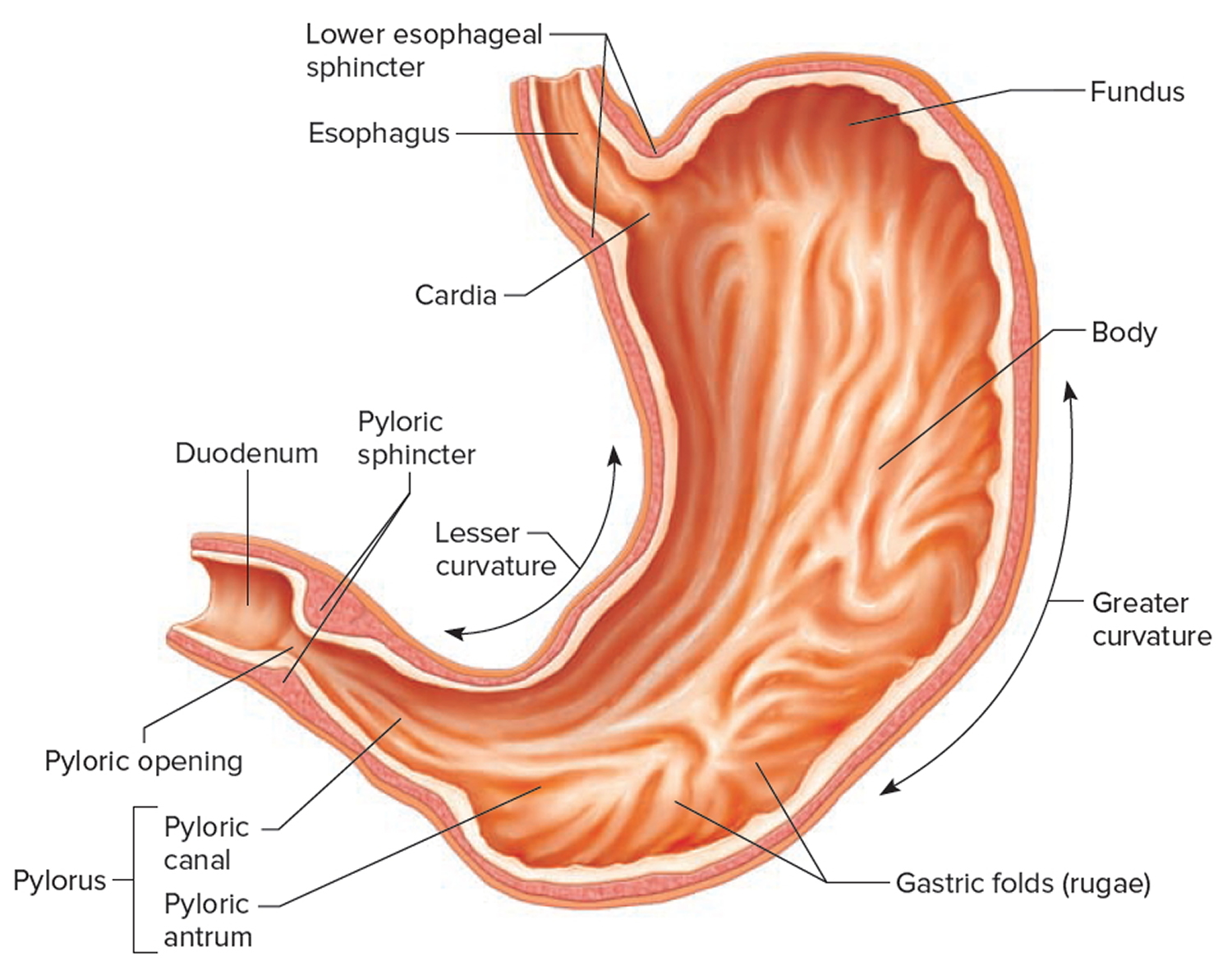
The Stomach Organs Parts, Anatomy, Functions of the Human Stomach
The gastrointestinal (GI) tract is a collection of organs that allow for food to be swallowed, digested, absorbed, and removed from the body. The organs that make up the GI tract are the mouth, throat, esophagus, stomach, small intestine, large intestine, rectum, and anus. The GI tract is one part of the digestive system.
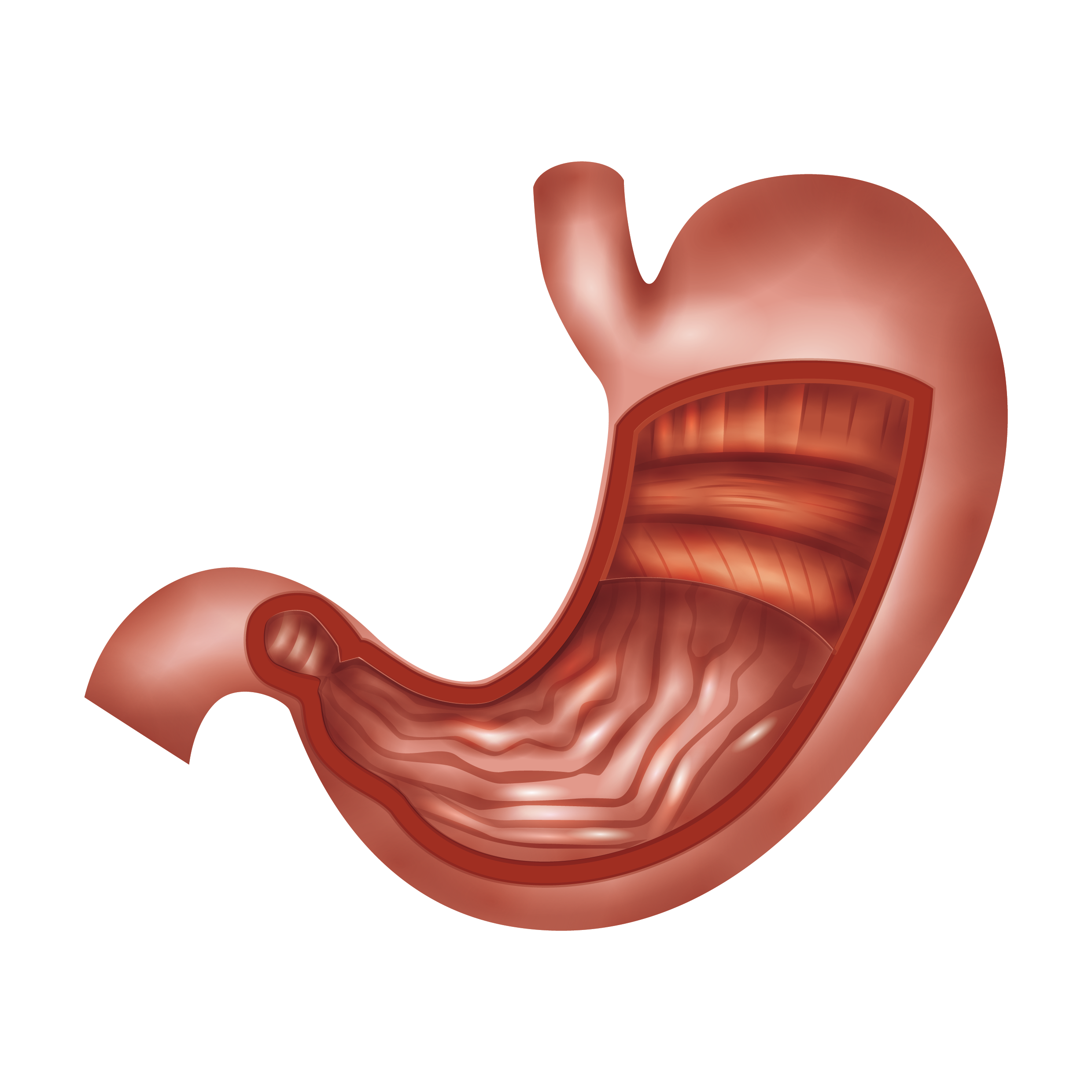
Stomach clipart stomach organ, Stomach stomach organ Transparent FREE
The stomach receives innervation from the autonomic nervous system: Parasympathetic nerve supply arises from the anterior and posterior vagal trunks, derived from the vagus nerve. Sympathetic nerve supply arises from the T6-T9 spinal cord segments and passes to the coeliac plexus via the greater splanchnic nerve. It also carries some pain.
Anatomy and Physiology 2 Eportfolio Objective78 Baby Steps Explain it
3d illustration of human body digenative system The human digestive system consists of the gastrointestinal tract plus the accessory organs of digestion (the tongue, salivary glands, pancreas, liver, and gallbladder). stomach anatomy stock pictures, royalty-free photos & images
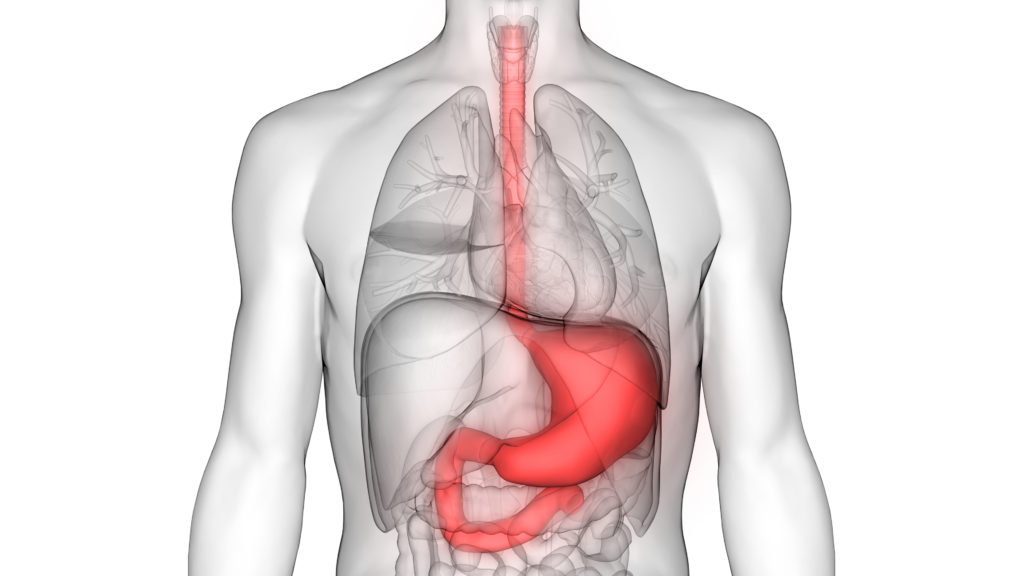
Esophagus and Stomach Cancer Symptoms, Diagnosis, and Treatment Saint
Overview The digestive system is made up of the gastrointestinal tract-mouth, esophagus, stomach, small & large intestine, and rectum. What is the stomach? The stomach is a J-shaped organ that digests food. It produces enzymes (substances that create chemical reactions) and acids (digestive juices).

Stomach Anatomy, Function, Diagram, Parts Of, Structure / THE MUSCULAR
Gastric Secretion. The secretion of gastric juice is controlled by both nerves and hormones. Stimuli in the brain, stomach, and small intestine activate or inhibit gastric juice production. This is why the three phases of gastric secretion are called the cephalic, gastric, and intestinal phases ( Figure 23.4.3 ).

Something to Digest—How Your Stomach Functions Ask The Scientists
PIXOLOGICSTUDIO/SCIENCE PHOTO LIBRARY/Getty Images By Regina Bailey Updated on May 09, 2019 The stomach is an organ of the digestive system. It is an expanded section of the digestive tube between the esophagus and small intestine. Its characteristic shape is well known.

The Stomach Organs Parts, Anatomy, Functions of the Human Stomach
Food's Journey Through the Digestive System.. Stop 3: The Stomach and Small Intestine. The stomach is a sac-like organ with strong muscular walls. In addition to holding food, it serves as the.
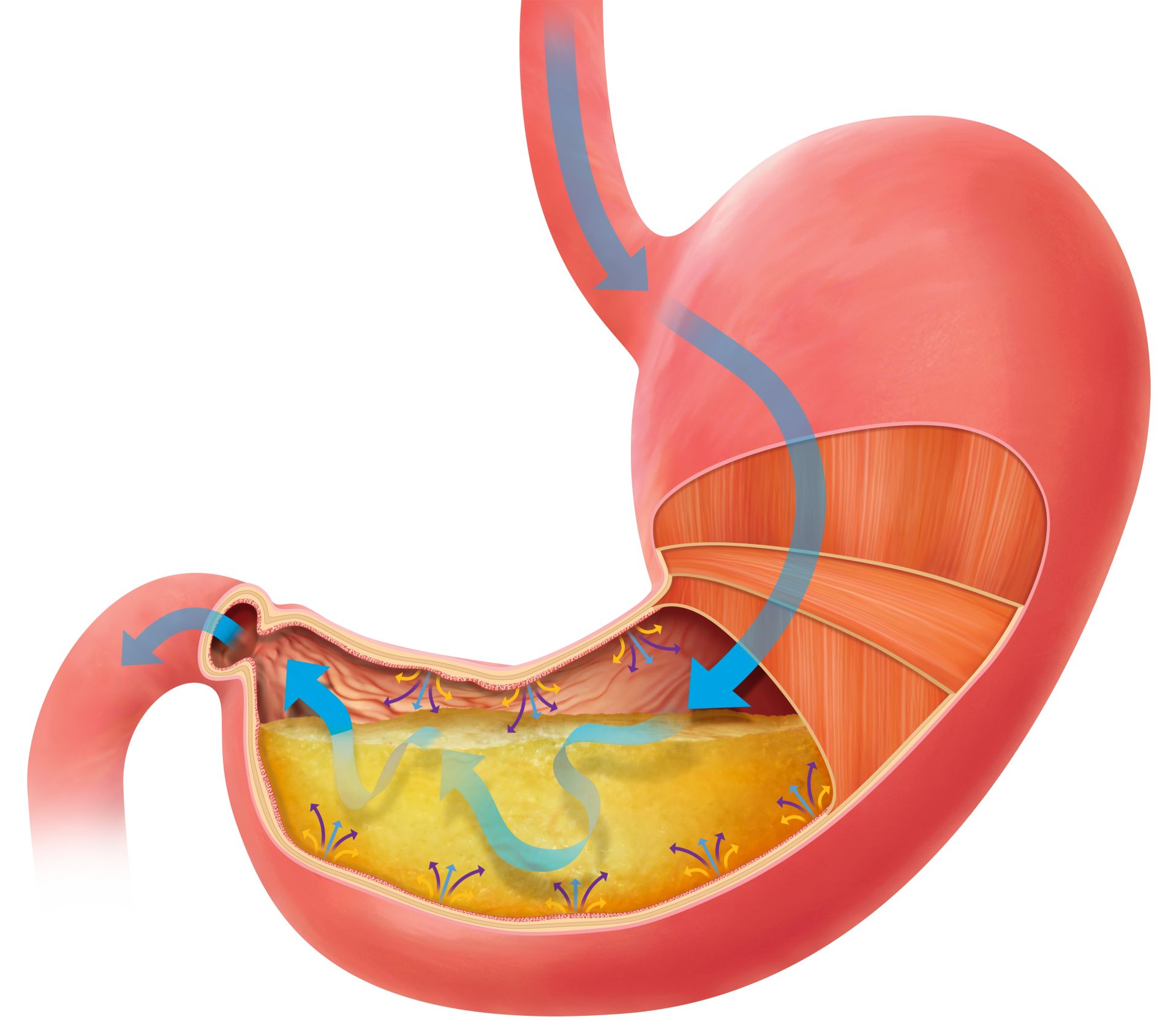
Human Stomach How Does the Stomach Work DK Find Out
1/4 Synonyms: Ventriculus The stomach is an organ of the digestive system, specialized in the accumulation and digestion of food. Its anatomy is quite complex; it consists of four parts, two curvatures and receives its blood supply mainly from the celiac trunk. Innervation is provided via the vagus nerves and the celiac plexus .
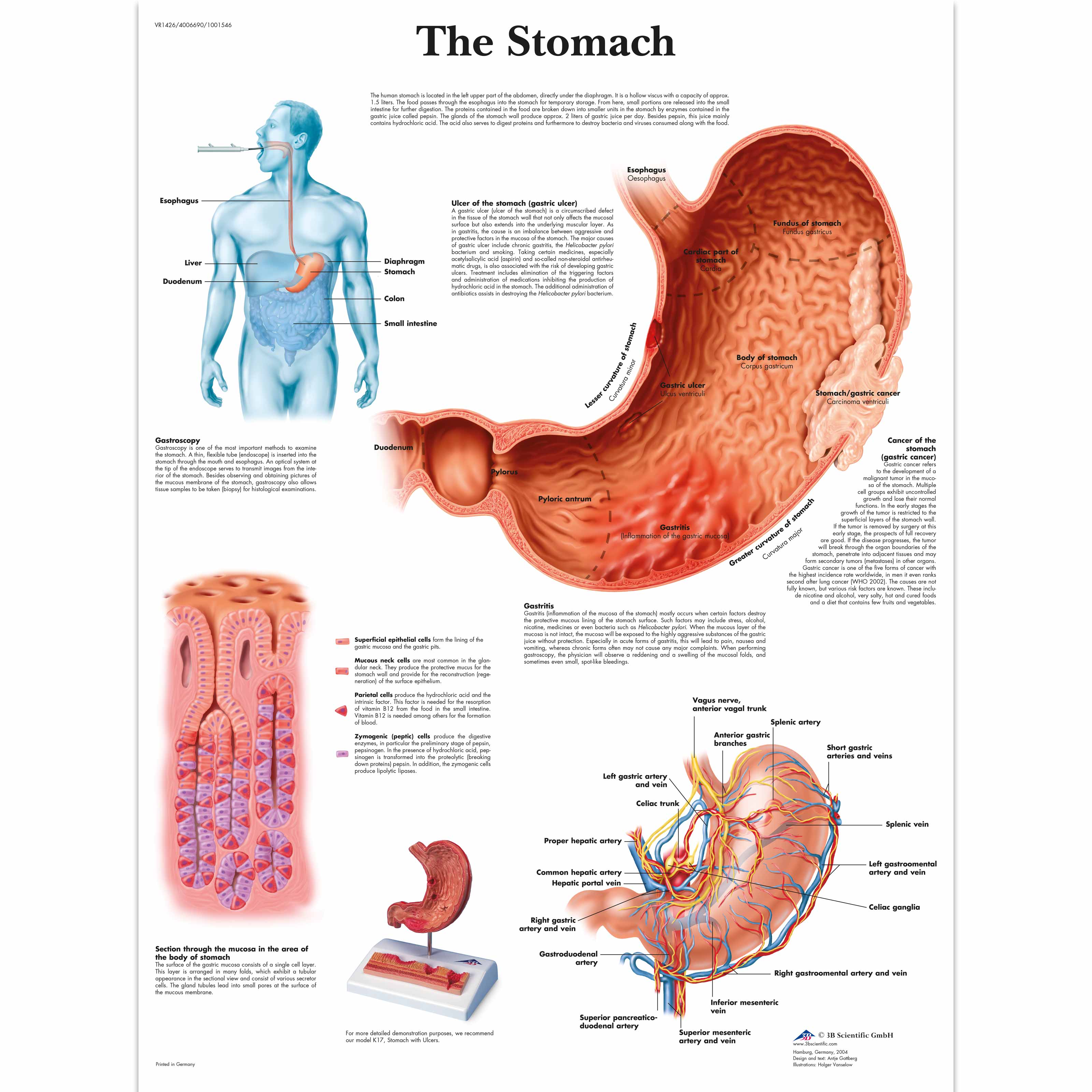
Anatomical Charts and Posters Anatomy Charts Digestive System
Digestive system diagram Yaja' Mulcare The digestive organs in the abdomen do not work alone. They depend on organs in the mouth and chest, such as the esophagus and tongue, to help chew, move.

The Main Function of the Stomach in Digestion and How to Support Digestion
Overview. The esophagus, stomach, large and small intestine, aided by the liver, gallbladder and pancreas convert the nutritive components of food into energy and break down the non-nutritive components into waste to be excreted. Updated by: Todd Gersten, MD, Hematology/Oncology, Florida Cancer Specialists & Research Institute, Wellington, FL.
.PNG)
Digestive System Presentation Biology
Browse 2,756 human stomach internal organ photos and images available, or start a new search to explore more photos and images. NEXT Browse Getty Images' premium collection of high-quality, authentic Human Stomach Internal Organ stock photos, royalty-free images, and pictures.